Sea Rush
Display all 10 images
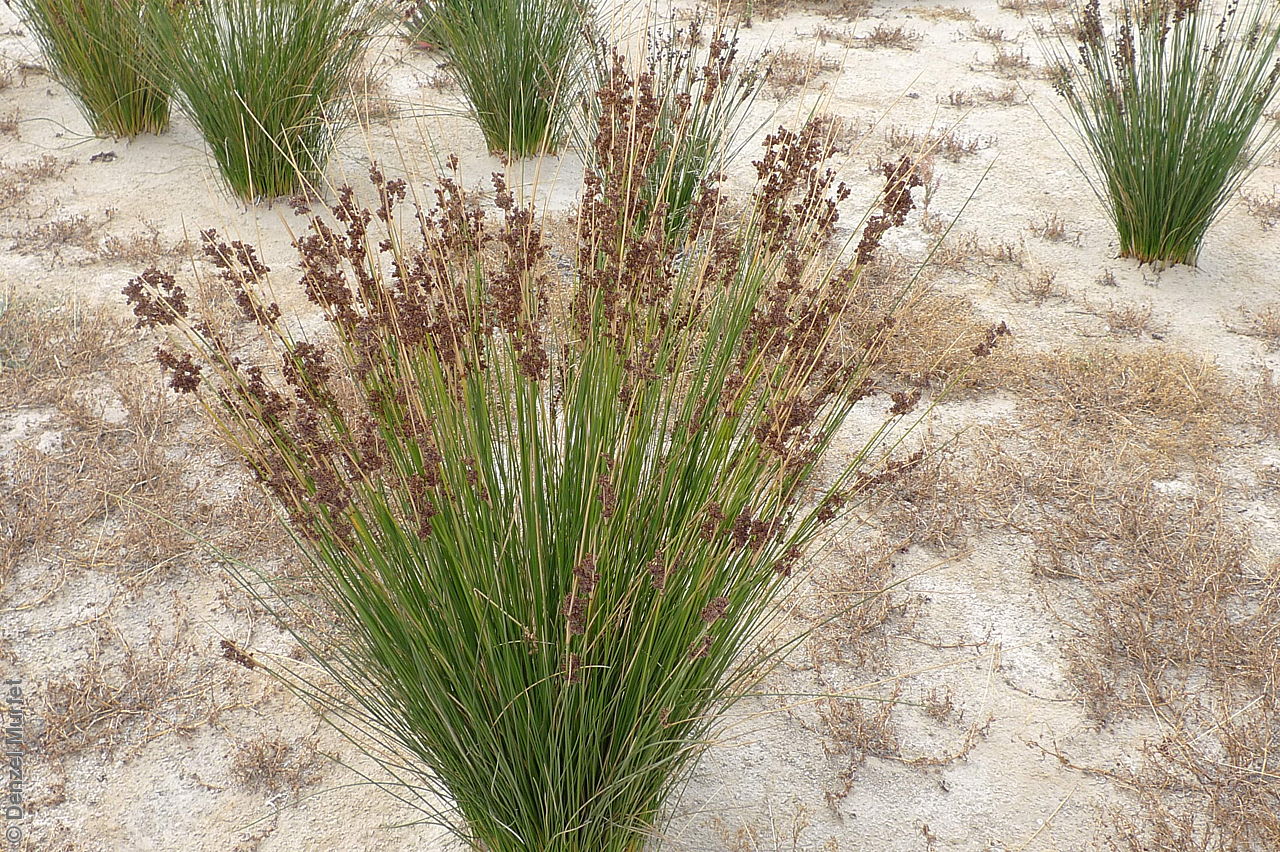
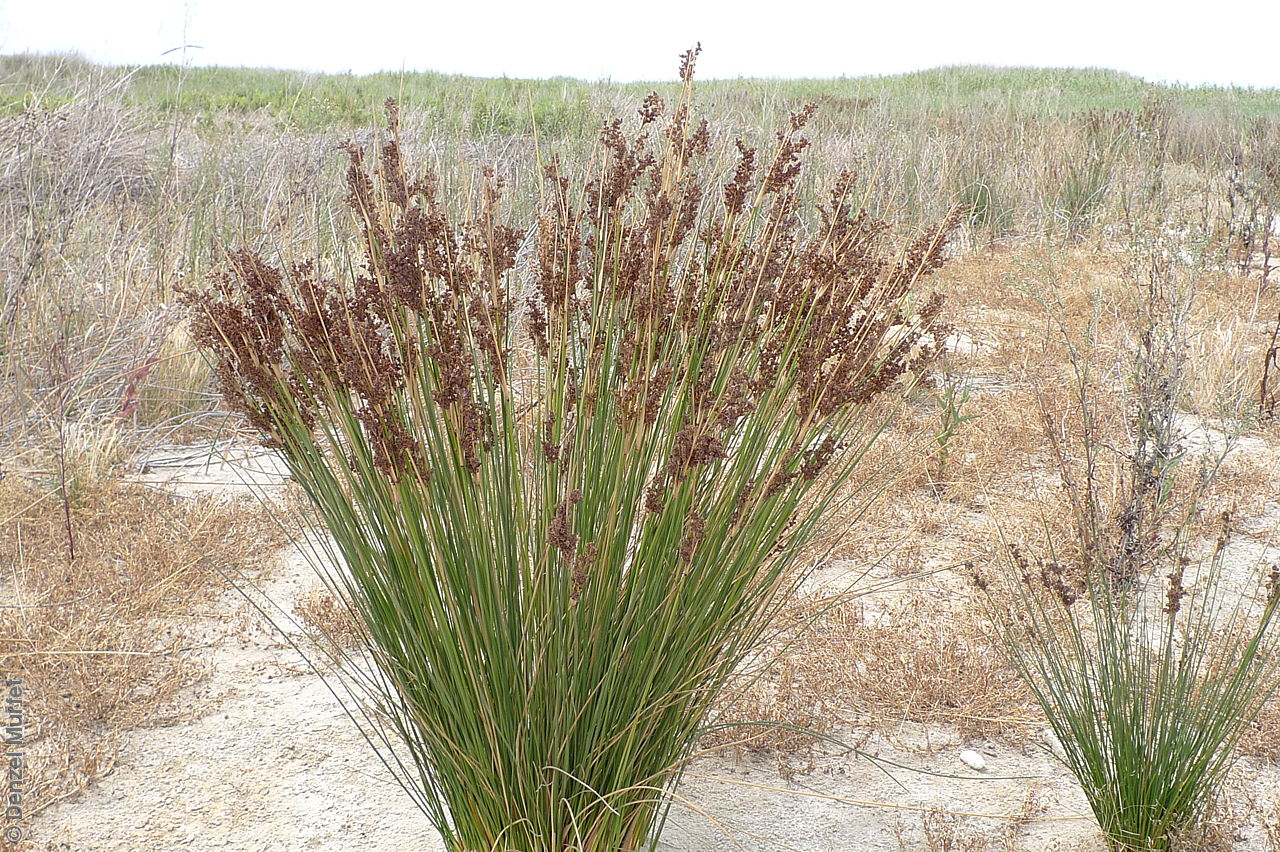
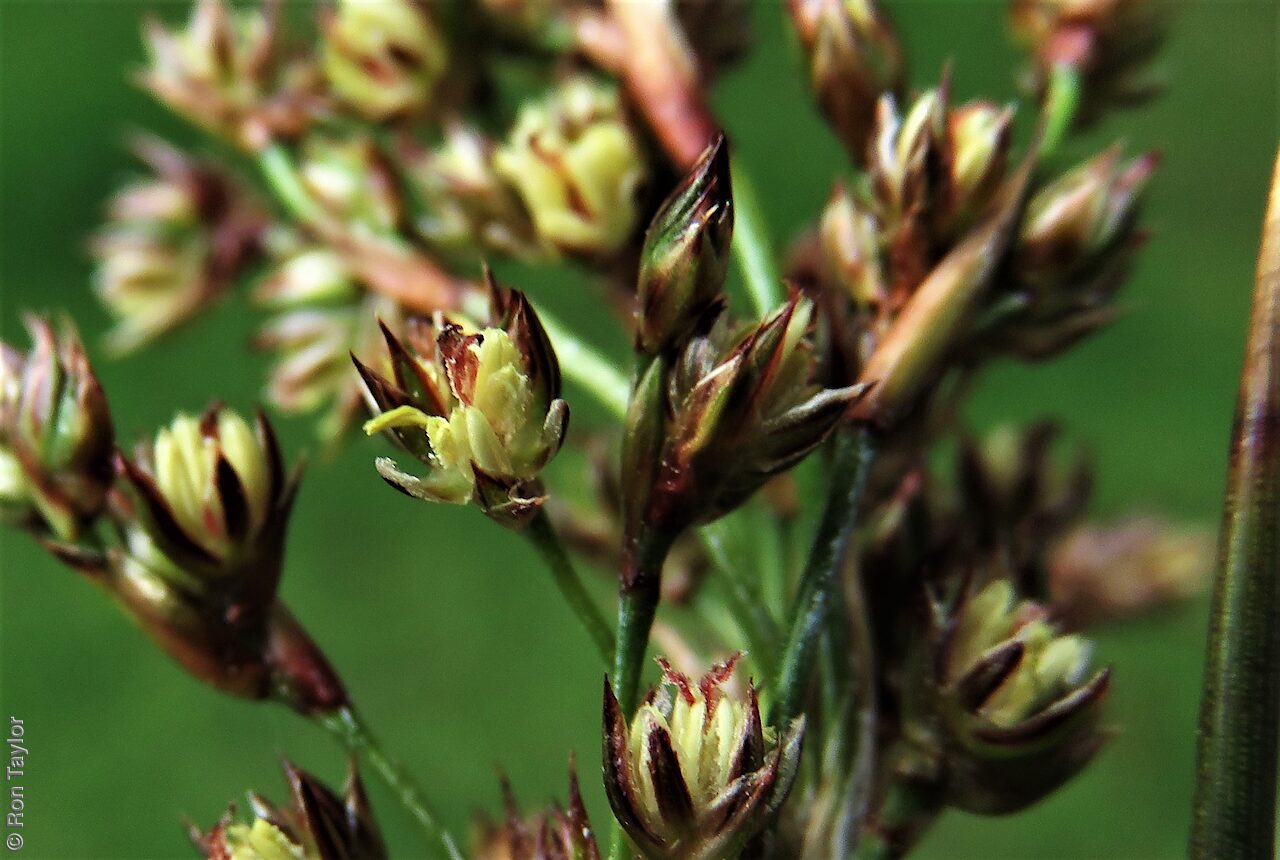
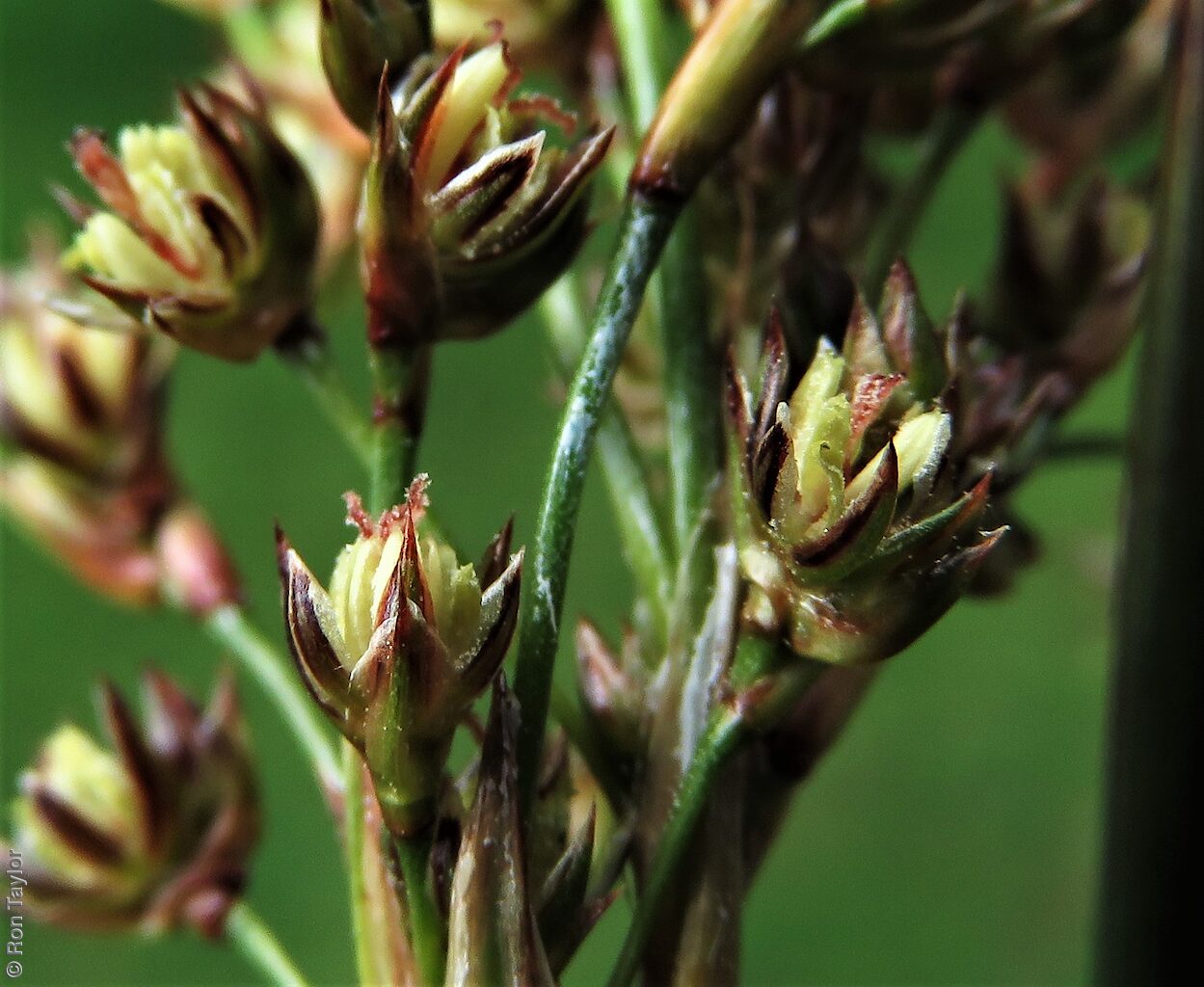
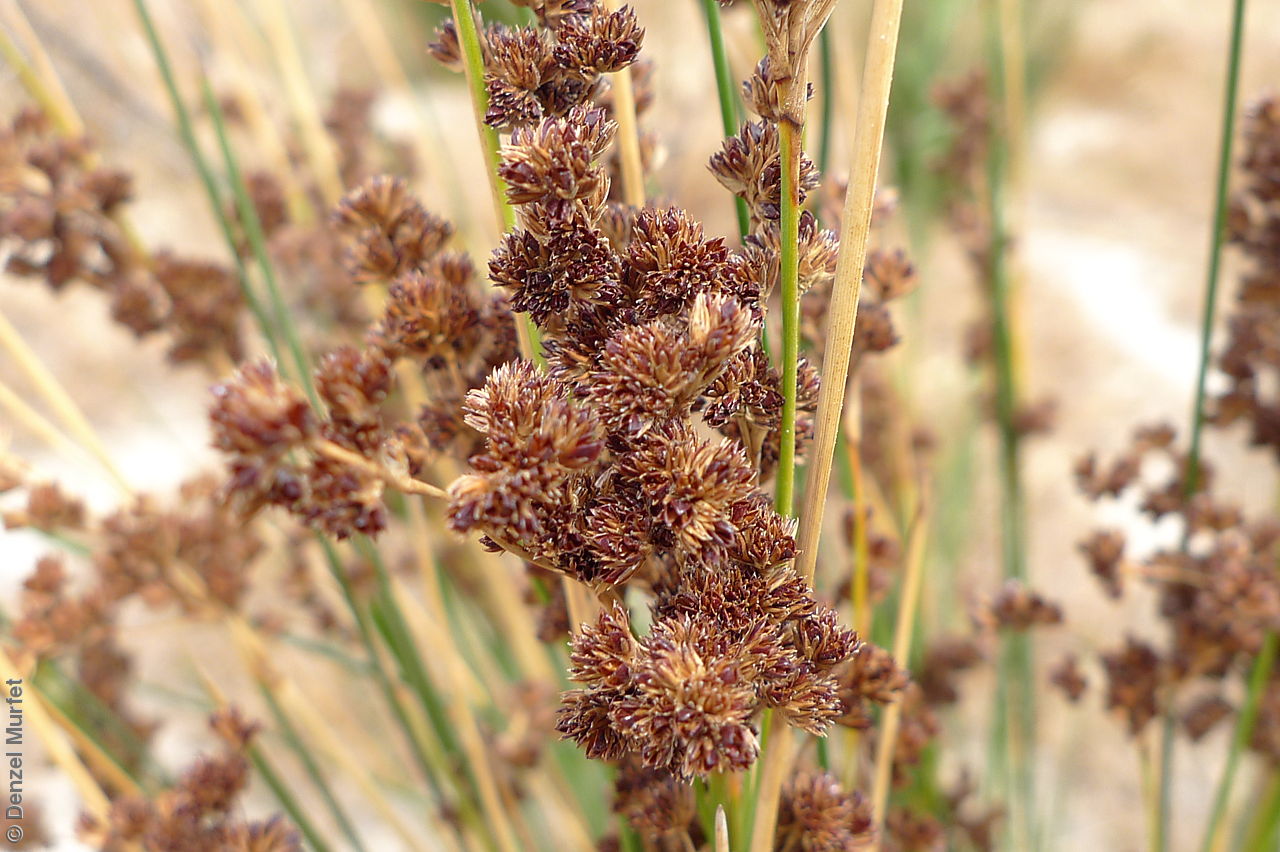

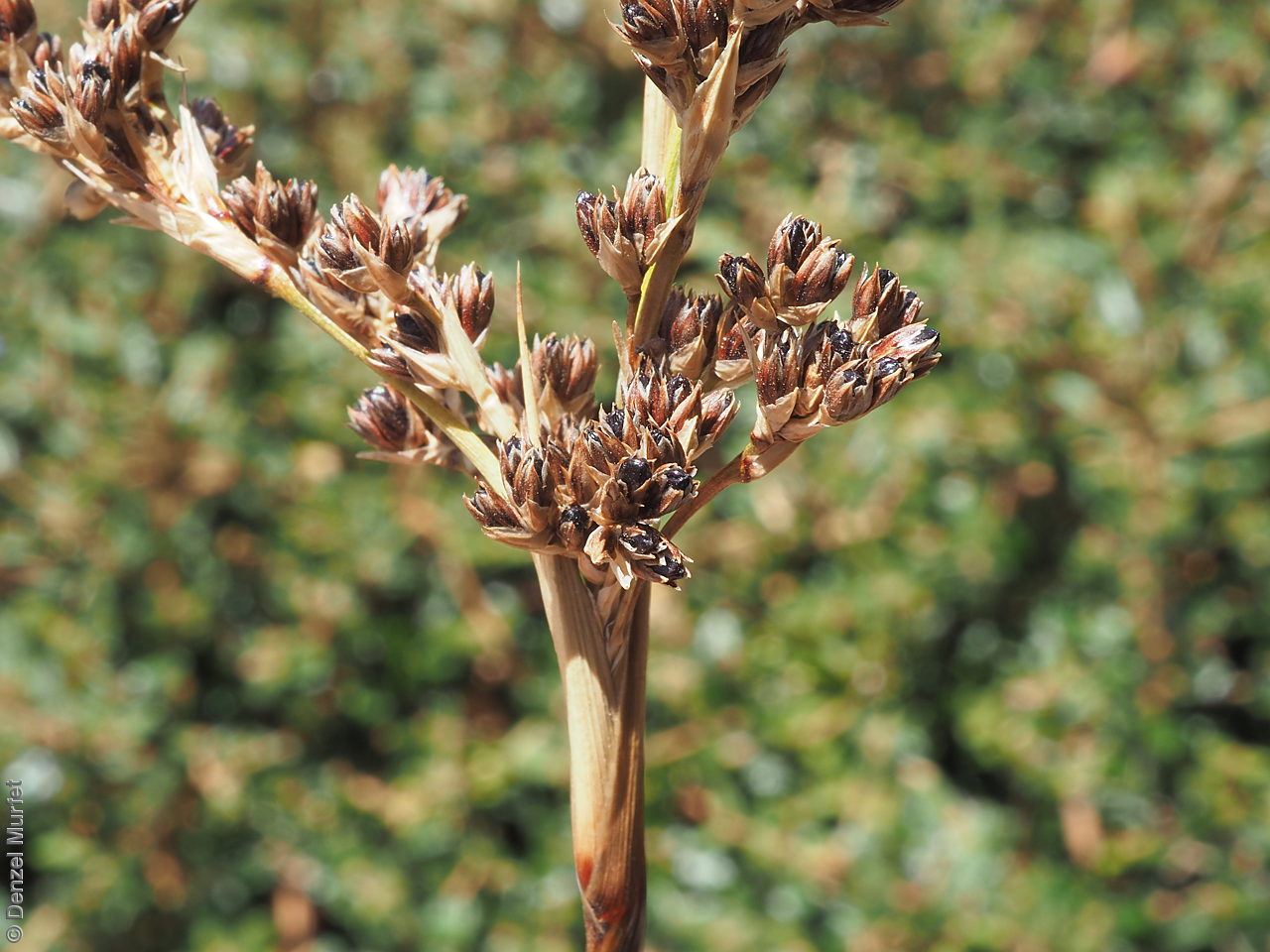
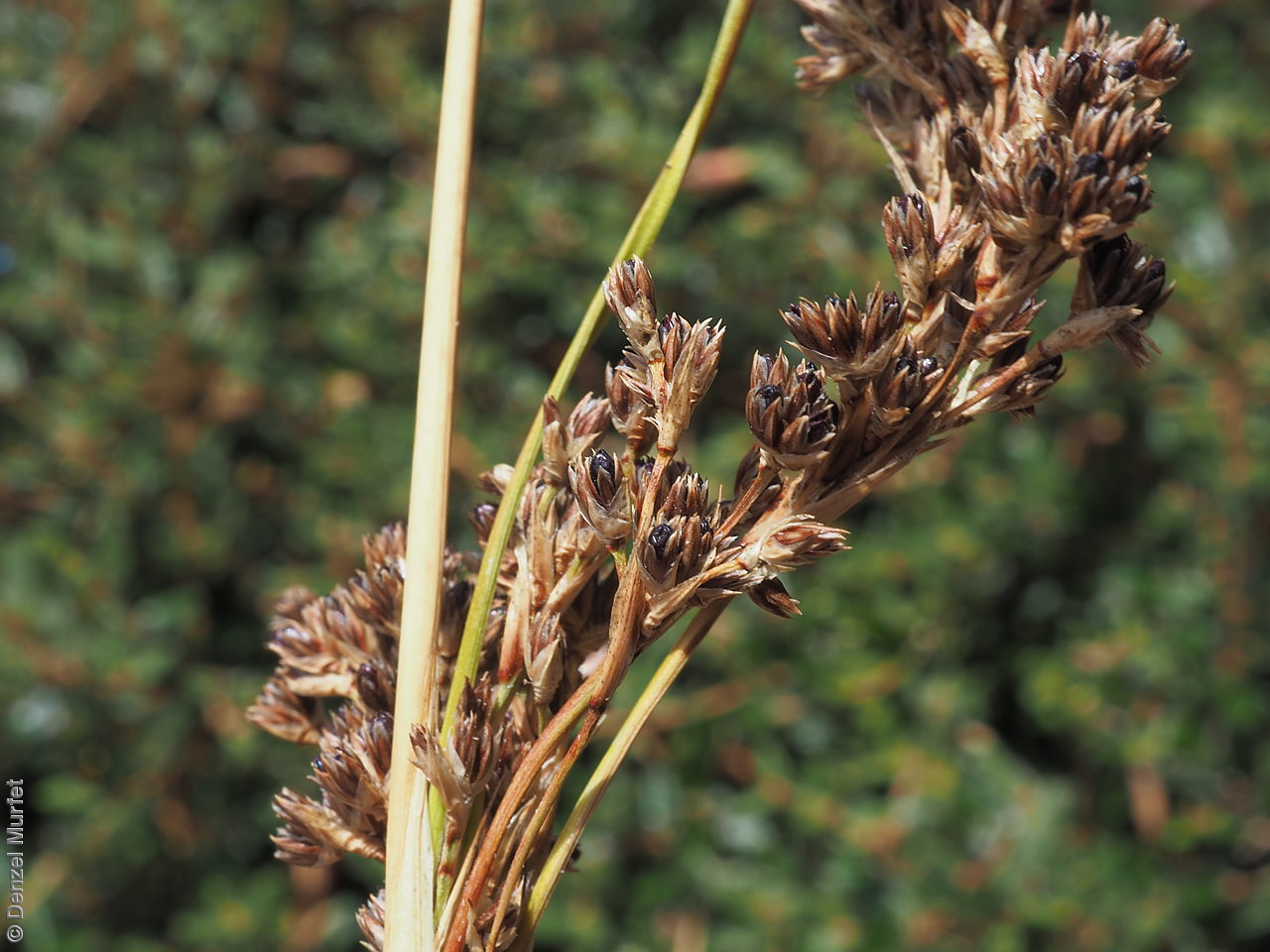
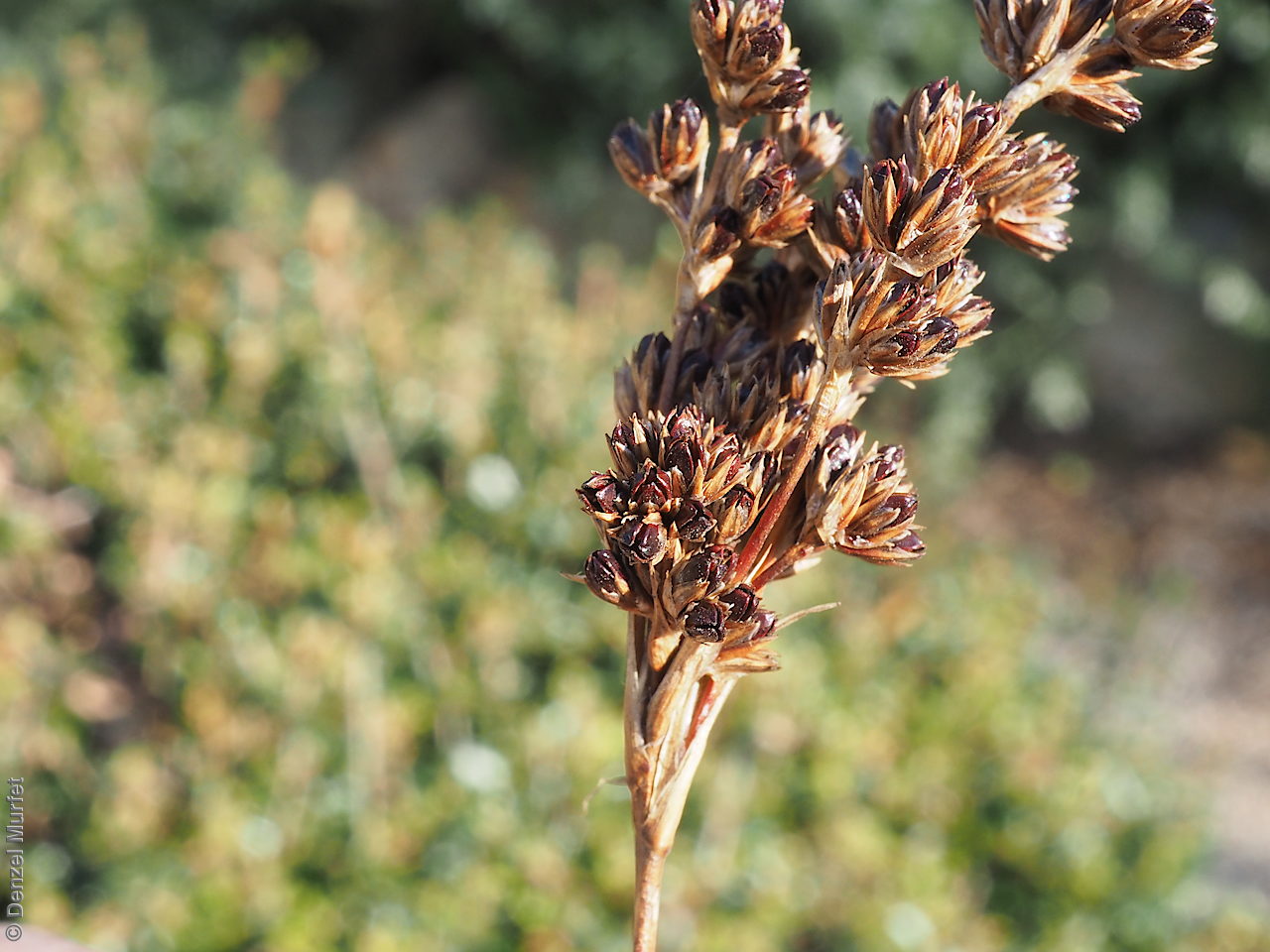

Regional Species Conservation Assessments per IBRA subregion.

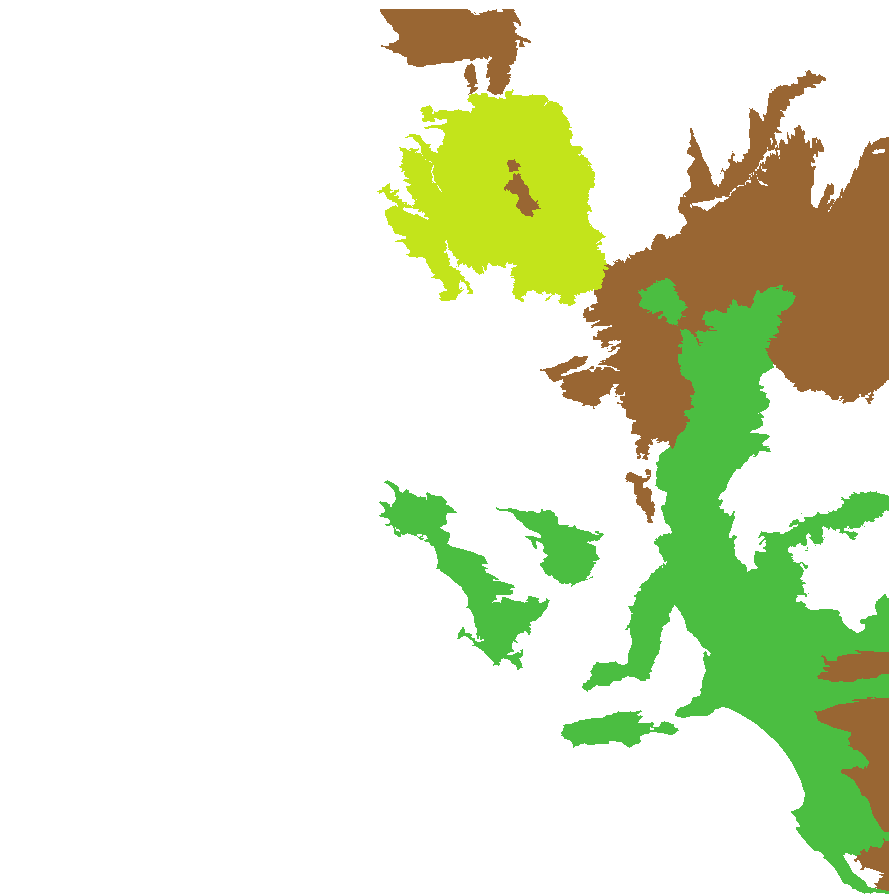
Least concern
Near threatened
Rare
Vulnerable
Endangered
Critically endangered
Extinct
Data deficient
Adelaide
Arkaroola
Ceduna
Coober Pedy
Hawker
Innamincka
Marla
Marree
Mount Gambier
Oodnadatta
Renmark
Wudinna
Keith
Yunta
Display IBRA region text
| Bridgewater (NCP01) | Naracoorte Coastal Plain | Least Concern |
| Glenelg Plain (NCP02) | | Rare (IUCN: RA d(i,ii)) [edge of range] |
| Lucindale (NCP03) | | Least Concern |
| Tintinara (NCP04) | | Least Concern |
| Kangaroo Island (KAN01) | Kanmantoo | Least Concern [on water courses, in brackish areas, also on roadsides; tolerates grazing & disturbance] |
| Fleurieu (KAN02) | | Least Concern (Probable Increase) [likes salinity/brackishness] |
| Mount Lofty Ranges (FLB01) | Flinders Lofty Block | Least Concern (Probable Increase) [likes salinity/brackishness] |
| Broughton (FLB02) | | Least Concern |
| Southern Flinders (FLB04) | | Least Concern |
| Northern Flinders (FLB05) | | Least Concern [around mound springs] |
| Central Flinders (FLB06) | | Least Concern [around mound springs] |
| Southern Yorke (EYB01) | Eyre Yorke Block | Least Concern |
| St Vincent (EYB02) | | Least Concern |
| Eyre Hills (EYB03) | | Least Concern [undercollected] |
| Talia (EYB04) | | Least Concern [undercollected] |
| Murray Mallee (MDD02) | Murray Darling Depression | Least Concern (Probable Increase) [increase due to increased salinity] |
| Murray Lakes and Coorong (MDD03) | | Least Concern |
| Lowan Mallee (MDD04) | | Rare (IUCN: RA d(ii)) (Probable Increase) [increase due to increased salinity] |
| Wimmera (MDD05) | | Rare (IUCN: RA d(i,ii)) [edge of range] |
| Braemer (MDD07) | | Least Concern |
| Arcoona Plateau (GAW04) | Gawler | Rare (IUCN: RA d(ii)) |
| Torrens (GAW06) | | Rare (IUCN: RA d(i,ii)) [limited habitat] |
| Warriner (SSD04) | Simpson Strzelecki Dunefields | Near Threatened [around mound springs] |
| Strzelecki Desert (SSD05) | | Rare (IUCN: RA d(i,ii)) [around mound springs] |
| Oodnadatta (STP02) | Stony Plains | Near Threatened [around mound springs] |
| Murnpeowie (STP03) | | Rare (IUCN: RA d(i,ii)) [around mound springs] |
| Peake-Dennison Inlier (STP04) | | Rare (IUCN: RA d(i,ii)) [around mound springs] |
| Witjira (STP06) | | Rare (IUCN: RA d(i,ii)) [limited habitat; around mound springs] |
| Baltana (STP07) | | Near Threatened [around mound springs] |
| 4 of 4 subregions | Naracoorte Coastal Plain | Least Concern , Rare |
| 2 of 2 subregions | Kanmantoo | Least Concern |
| 5 of 6 subregions | Flinders Lofty Block | Least Concern |
| 4 of 5 subregions | Eyre Yorke Block | Least Concern |
| 5 of 6 subregions | Murray Darling Depression | Least Concern , Rare |
| 2 of 8 subregions | Gawler | Rare |
| 2 of 4 subregions | Simpson Strzelecki Dunefields | Near Threatened , Rare |
| 5 of 7 subregions | Stony Plains | Near Threatened , Rare |
Botanical art
Kath Alcock paintings: 5
Prior names
Juncus maritimus var. australiensis
Common names
Sea Rush
Etymology
Juncus from the Latin 'jungere' meaning to tie or bind; referring to the use of the rushes for weaving and basketry. Kraussii named after Christian Ferdinand Friedrich von Krauss (1812-1980), a German zoologist, naturalist, museum keeper and collector in South Africa.
Distribution and status
Found on the eastern side in South Australia, growing in saline and brackish wetlands along the coast and in similar sites inland. Also found in all states (and New Zealand, southern Africa, South America). Native. Common in South Australia. rare in the Northern territory. Common in the other states.
Herbarium regions: Lake Eyre, Gairdner-Torrens, Flinders Ranges, Eastern, Eyre Peninsula, Northern Lofty, Murray, Yorke Peninsula, Southern Lofty, Kangaroo Island, South Eastern, Green Adelaide
AVH map: SA distribution map (external link)
Plant description
Tussock-forming, strongly rhizomatous perennial sedge to 1 m high, with a rigid, cylindrical culms to 4 mm diameter with a continuous pith. Leaves basal, terete, pungent, equalling culms, sheath golden brown. Inflorescence terminal diffuse spike to 20 cm long with clusters of straw-brown to red-brown flowers. Flowering between December to March. Fruits are clusters of red-brown or golden-brown, darker (often blackish) in the upper half, shining, ovoid to ellipsoid, capsule to 3 mm long. Seeds are tiny ellipsoid seed. Seed embryo type is broad.
Seed collection and propagation
Collect seeds between January and May. Collect fruits either by picking off the mature heads, those turning brown and come-off easily or break-off the whole spikes. Place the heads in a tray and leave to dry for one to two weeks. Then rub the heads with a rubber bung to dislodge the seeds. Use a sieve to separate any unwanted material. Be careful, as the seeds are very small. Seeds are brown and hard. Store the seeds with a desiccant such as dried silica beads or dry rice, in an air tight container in a cool and dry place.











